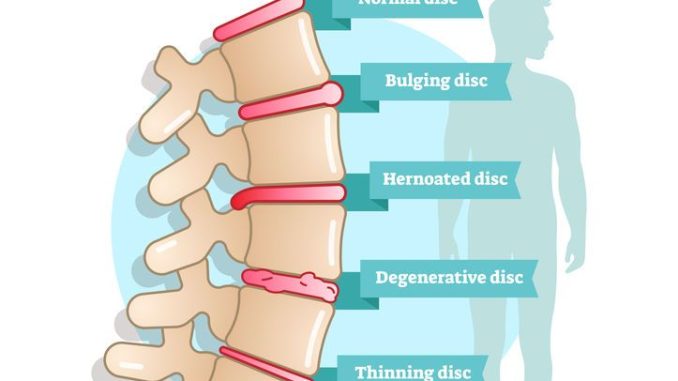
Chiropractic care is a form of alternative medicine that focuses on diagnosing, treating, and preventing disorders of the musculoskeletal system, particularly the spine. While many people view chiropractic care as simply cracking backs, there is actually a science behind this practice that sets it apart from other forms of healthcare.
The Spinal Column and Nervous System
At the core of chiropractic care is the understanding that the spinal column is the key to overall health and wellness. The spine not only provides structural support for the body but also protects the delicate spinal cord, which is part of the central nervous system. When the spine is misaligned, it can put pressure on the nerves that branch off from the spinal cord, leading to a variety of health issues.
Chiropractic Adjustments
Chiropractors use a variety of techniques to manipulate the spine and other joints in the body, with the goal of realigning the vertebrae and relieving pressure on the nerves. One of the most common techniques used by chiropractors is the spinal adjustment, where a quick, controlled force is applied to a specific joint to restore proper function. This can help alleviate pain, improve mobility, and promote overall wellness.
Research and Evidence-Based Practice
Chiropractic care is not just based on tradition or anecdotal evidence. In fact, there is a growing body of research that supports the effectiveness of chiropractic care for a variety of conditions, including back pain, neck pain, headaches, and even certain chronic illnesses. Chiropractors are trained to use evidence-based practice, meaning that they rely on scientific research and clinical experience to inform their treatment decisions.
The Mind-Body Connection
Chiropractic care is unique in that it recognizes the interconnectedness of the body and mind. By addressing physical misalignments and dysfunctions in the body, chiropractors can also help to improve mental and emotional well-being. Many patients report feeling more balanced, relaxed, and focused after receiving chiropractic care, which can have a ripple effect on overall health.
Patient-Centered Care
Unlike traditional medicine, which often focuses on treating symptoms, chiropractic care takes a holistic approach to health and wellness. Chiropractors work with patients to identify the underlying causes of their pain or discomfort, rather than simply masking the symptoms with medication. This patient-centered approach allows for individualized care that addresses the unique needs and goals of each person.
Preventative Care and Maintenance
One of the key tenets of chiropractic care is the idea of preventative maintenance. By maintaining proper spinal alignment and joint function, individuals can prevent injuries, reduce the risk of chronic pain, and improve their overall quality of life. Regular chiropractic adjustments can help to keep the body in optimal condition, allowing for better mobility, flexibility, and overall wellness.
Conclusion
Chiropractic care is a science-backed approach to health and wellness that focuses on the relationship between the spine, nervous system, and overall well-being. By addressing physical misalignments and dysfunctions in the body, chiropractors can help to alleviate pain, improve mobility, and promote optimal health. With a focus on evidence-based practice, patient-centered care, and preventative maintenance, chiropractic care offers a unique and effective approach to healthcare.
